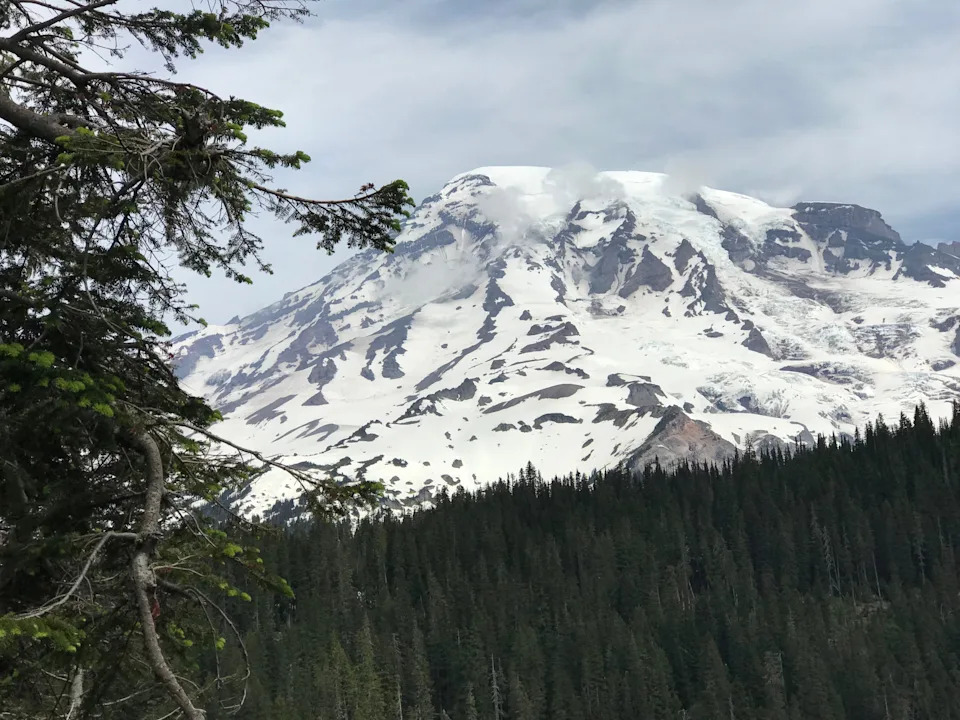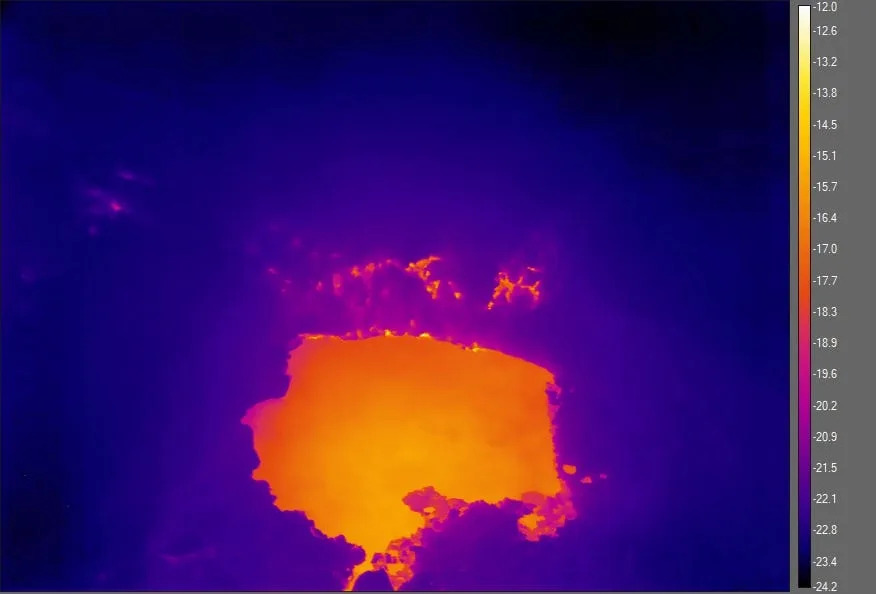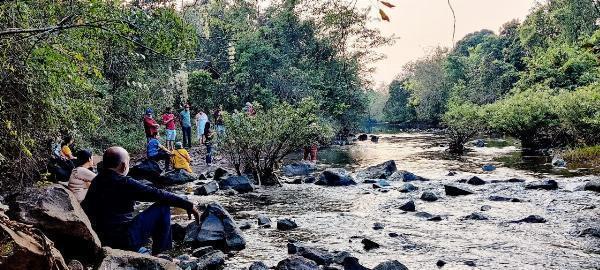Volcanoes are turning in their sleep across the US. What does that mean for Washington?
A recent earthquake swarm at Mount Rainier in Washington state, along with increased volcanic activity in Alaska, Oregon, and Hawaii, has captured thenews media's attentionand sparked questions about what the rumbling might mean.
Natalia Ruppert, a seismologist with the U.S. Geological Survey's Earthquake Science Center in Seattle, cleared the air about the likelihood of eruptions happening, the possible connections between the events, and how experts monitor these lava-spewing beasts.
Here's what you should know.
 Mount Rainier in Washington is seen in June 2018.
Mount Rainier in Washington is seen in June 2018.What do the experts say about volcano activity in Washington state, US?
Geologists say there's no cause for alarm.
"Volcanoes can be unpredictable, and there’s always the chance that something bad will happen, but these recent seismic events along thePacific Ring of Firefrom Alaska to Washington to offshore Oregon are probably not directly related to each other," Ruppert said.
"This is what volcanoes do," she said. "They come to life for a while; sometimes the earthquake activity leads to an eruption, and sometimes it doesn't."
Most of the U.S. volcanoes that have been making themselves known since spring woke up, shook themselves off, and then fell back into slumber.
Two, one in Hawaii and one in Alaska, are in active–but relatively small and nonthreatening–eruptions.
Though it all might seem ominous, it isn't. It's simply part of life on a dynamic,seismically active planet.
There's no direct connection between any of these, Ruppert said. "The distance between these (seismic) activity centers is thousands of miles."
 Thermal infrared image from a helicopter overflight of the summit crater lake at Mount Spurr, Alaska, a volcano. The lake has a relatively warm water surface on one side, but snow and ice covering the eastern and southern sides. Warm features on the crater wall above the lake are fumaroles (steam vents).
Thermal infrared image from a helicopter overflight of the summit crater lake at Mount Spurr, Alaska, a volcano. The lake has a relatively warm water surface on one side, but snow and ice covering the eastern and southern sides. Warm features on the crater wall above the lake are fumaroles (steam vents).Recent volcanic activity across the country
Though volcanoes have always been a part of the West Coast's geography, it might seem this is an especially busy time for these mountains, caused byfissures in the Earth's crustthat go down to themantlebelow.
But seismologists and volcanologists are keeping a careful eye on them, Ruppert said. "This is why the federal government funds earthquake and volcano monitoring efforts through the Department of the Interior and USGS."
Consider these events:
More than300 earthquakes hit Washington's Mount Rainierin early July,the largest earthquake swarm ever recordedat the volcano. The swarm, a cluster of earthquakes in the same area in rapid succession, began on July 8.Within two days, 334 earthquakeshad been identified by the Pacific Northwest SeismicNetwork. But that's not hugely unusual for themajestic volcanoabout 70 miles southeast of Seattle, which registered a similar swarm of quakes in 2009. Rainier's last eruption, however, was about 1,000 years ago, Ruppert said.
North of Washington state, Alaska has three volcanoes that are making themselves felt just now.
As of July 10,Alaska's Great Sitkin volcanoin the Aleutian Islands was on awatch alert level,with lava erupting in the summit crater. Seismicity levels were low with occasional small earthquakes, the USGS reports. That eruption began in May 2021. Lava has been erupting at the summit since July 2021.
On Alaska's Kenai Peninsula, a flurry of small earthquakes shookthe Iliamna volcanoon June 15. No surface activity was observed, however, and on July 1 the volcanowas set ata normal alert code.
North of Iliamna, another Alaskan volcano,Mount Spurr,has been experiencing swarms of shallow earthquakes since February. It's now at anormal advisory level. For now, there's little concern, Ruppert said.
Heading down the West Coast, seismologists are also monitoring theAxial Seamount, a massive undersea volcano300 miles off Oregon. It has been attracting attention for months as scientists prepare for an eruption they expect sometime in 2025.Because it's so far underwater, only scientists using an array of instruments will know about the eruption.
The volcanoes are along what's known as the Ring of Fire, a25,000-mile-long horseshoe-shaped string of volcanoes and seismically active areasthat stretches from the southern tip of South America, up along the West coast of the United States, across the coast of Alaska, down through Japan, all the way to New Zealand.
It's created by the Pacific tectonic plate sinking below the North American plate and isthe most seismically and volcanically active zone in the world, according to the U.S. Geological Survey.
Hawaii eruptions
Far to the west in Hawaii,Mount Kilaueacontinues to erupt, thoughas of July 11it has not been exhibiting the fountains of lava seen earlier in the month. On July 9, the USGS said the most recenteruption had ended.
Hawaii's volcanoes are not part of the Ring of Fire.The island chain was (and still is) formed by a volcanic hot spot that has created 15 volcanoes that stretch 3,800 miles across the Pacific.
In Hawaii's case, the volcanoes are the result of a heat source deep within the Earth's mantle. The plume of magma coming from that hot spot in the ocean floor remains stationary as thePacific Plate slowly – 2 to 4 inches a year – moves over the top of it.
That's why Hawaii's oldest volcanoes, on Kauai, are 5.5 million years old, while the newest, on the Big Island, are "only" 700,000 years old and still growing.
This article originally appeared on Kitsap Sun: Volcanoes in Washington state and the US are rumbling. What's going on










![Structural Adhesives Market [2028] Exploring Potential, Growth, Future & Trends](http://paseban.com/zb_users/upload/2025/08/20250831123209175661472915180.jpg)


